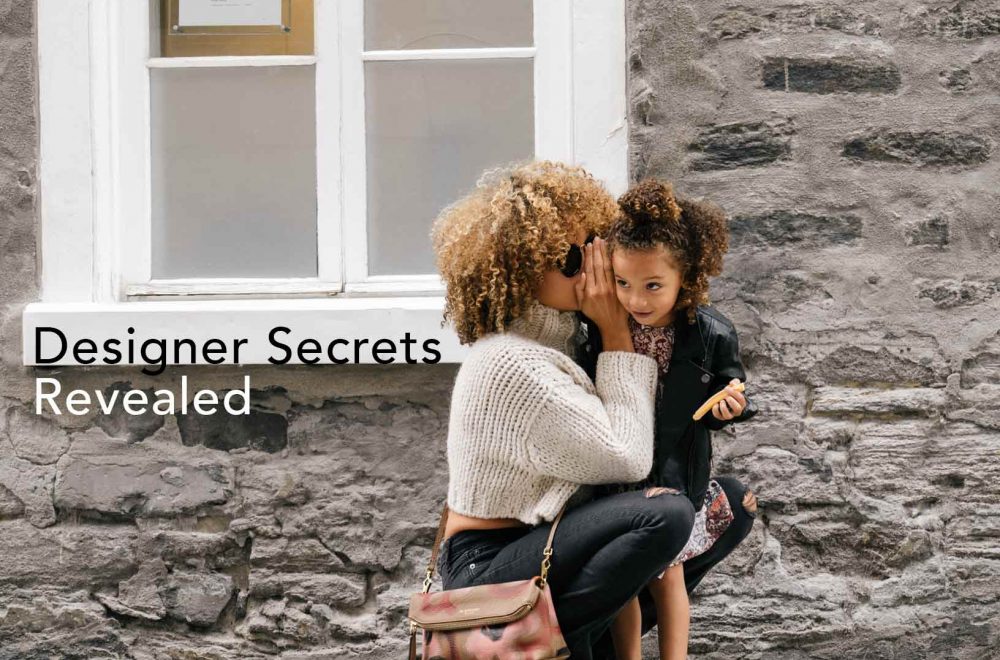Supremely talented at divining their clients’ true style desires, the best designers can sometimes seem more like mind readers.
As clients, we share everything we think might help the process – from trends we heard about months ago to room inspiration photos we admire. We discuss color palettes, must-have furniture, style preferences, favorite stores, and room functionality. At this stage, we might not know what our vision is, but we know we want it to be perfect.
From the designer’s perspective, every idea is a potential diamond in the rough, and it’s their job to catalog the details, all the way down to that mid-century modern desk lamp we’ve been dying to incorporate. And it’s a long path from learning about a client to arriving at that perfect space.
Havenly’s designers strive for that hit-the-nail-on-the-head feeling, and they’ve developed a wealth of techniques that help them transform raw ideas and inspirations into wonderfully gratifying designs.
In this four-part series, we’ll reveal four key practices that allow our designers to truly understand and execute creative visions.
Part 1: Think Alike, Design Alike

For designers, it’s not enough to simply understand a client’s style preferences. To meet expectations and bring dreams into reality, designers need to learn to think like their clients. And while it’s easy to understand that a client appreciates a Scandinavian aesthetic with eclectic accents, it’s much more difficult to turn those considerations into a finely-tuned room the client will truly resonate with.
So how do Havenly designers and clients get on the same level?
Part To Whole vs. Whole To Part
A common obstacle to seeing eye-to-eye during a design collaboration is the way in which people process information. Lucky for us, there are two broad learning styles that, once understood, can help us reach creative common ground:
Part To The Whole learners need to understand all of the parts that create the whole. For these learners, it’s overwhelming to consider a broad concept without first understanding the individual details.
In interior design, Part To Whole learners might find it difficult to see the beauty in a design concept if they weren’t given the opportunity to see the reasoning behind how every detail fell into place. But that doesn’t mean the concept isn’t beautiful.
Whole To The Part learners need to grasp a broader concept before they can move on to the individual details. It’s frustrating for these learners to try and fit pieces into a concept that they can’t visualize in their mind.
During a design collaboration, Whole To Part learners can easily lose interest in a project, feeling adrift in a sea of details without a broader cohesive concept to keep them afloat.
So what’s it all come down to? Communication. At Havenly, we understand how important communication is during a creative collaboration. We know that to be truly satisfied with a new space, we need to feel like it’s uniquely ours. And how can we feel that way if we don’t understand what went into designing it?

Our approach to constructing dream rooms is centered in respectful and creative communication, because we want every Havenly experience to be rewarding. By completing a free style survey before connecting with their designer, our customers are helping to set the foundation for open communication throughout the entire process. Pretty clever, don’t you think?
Want to experience the magic of working with a designer that totally gets your style? Start building your space today.

